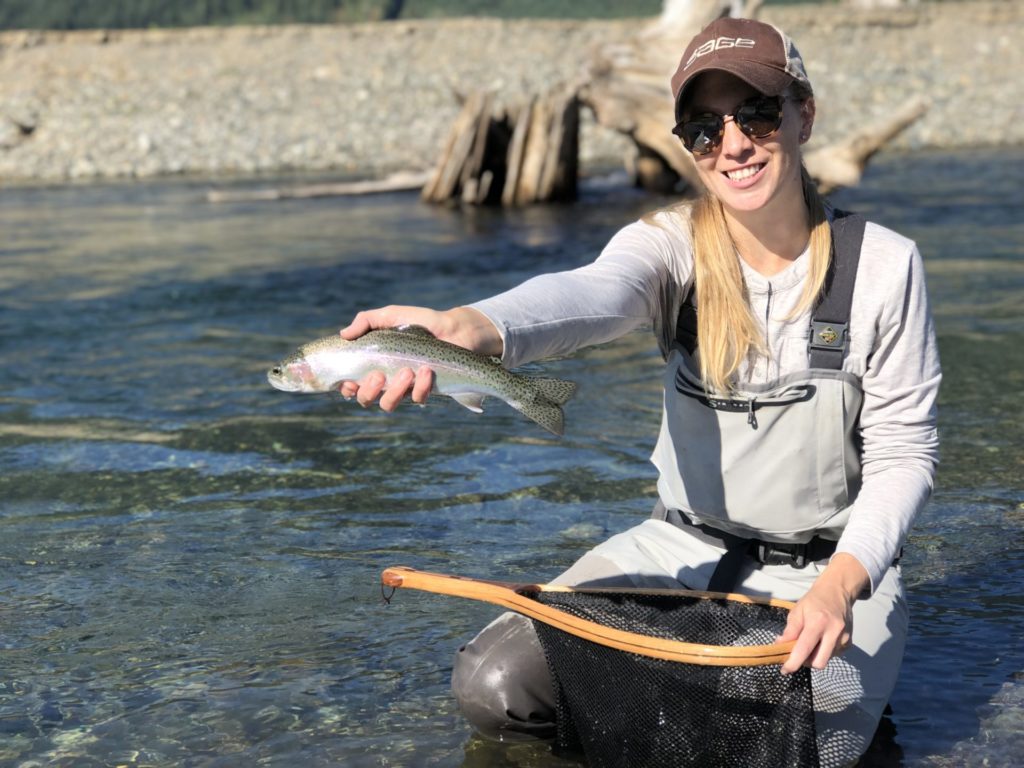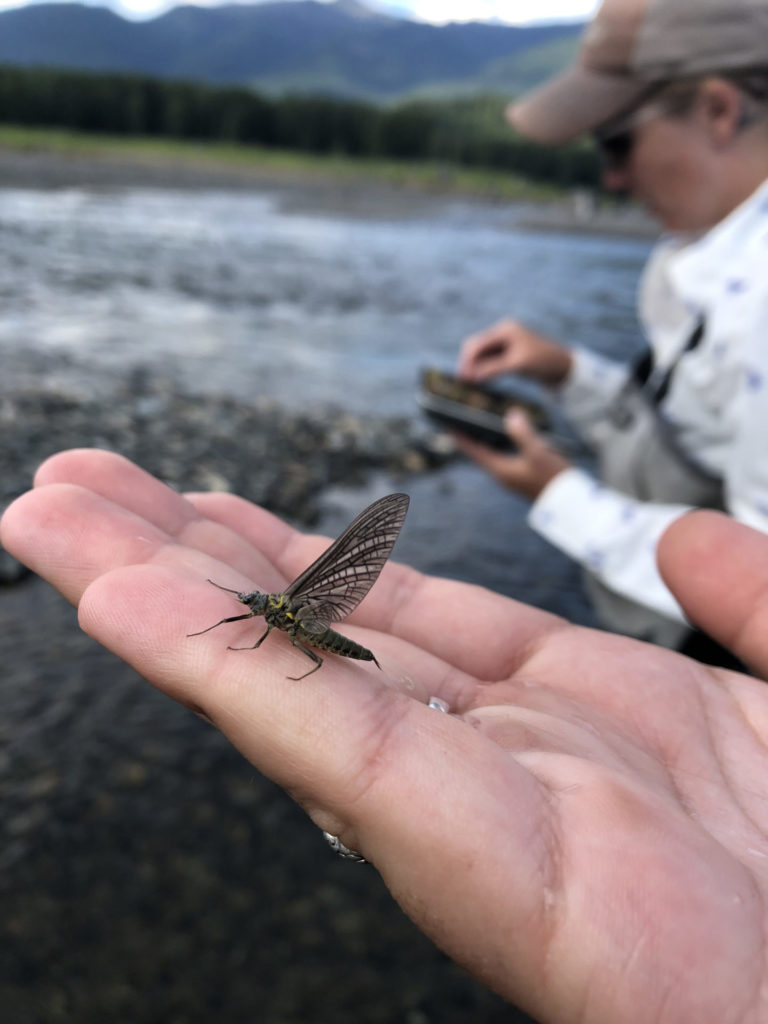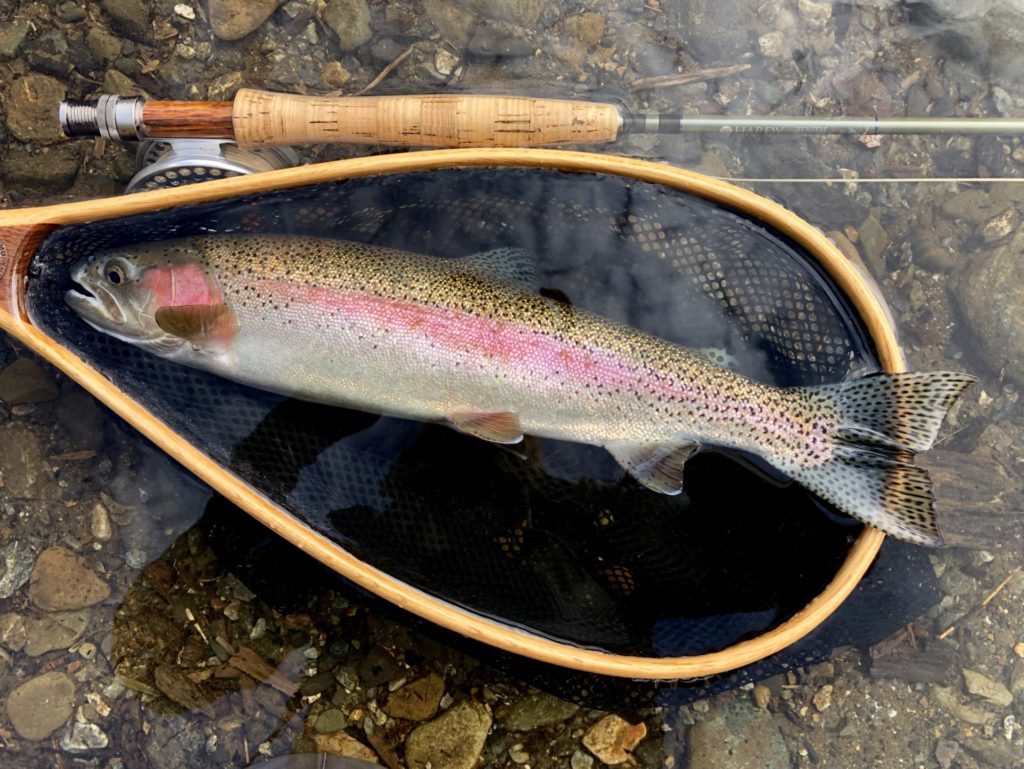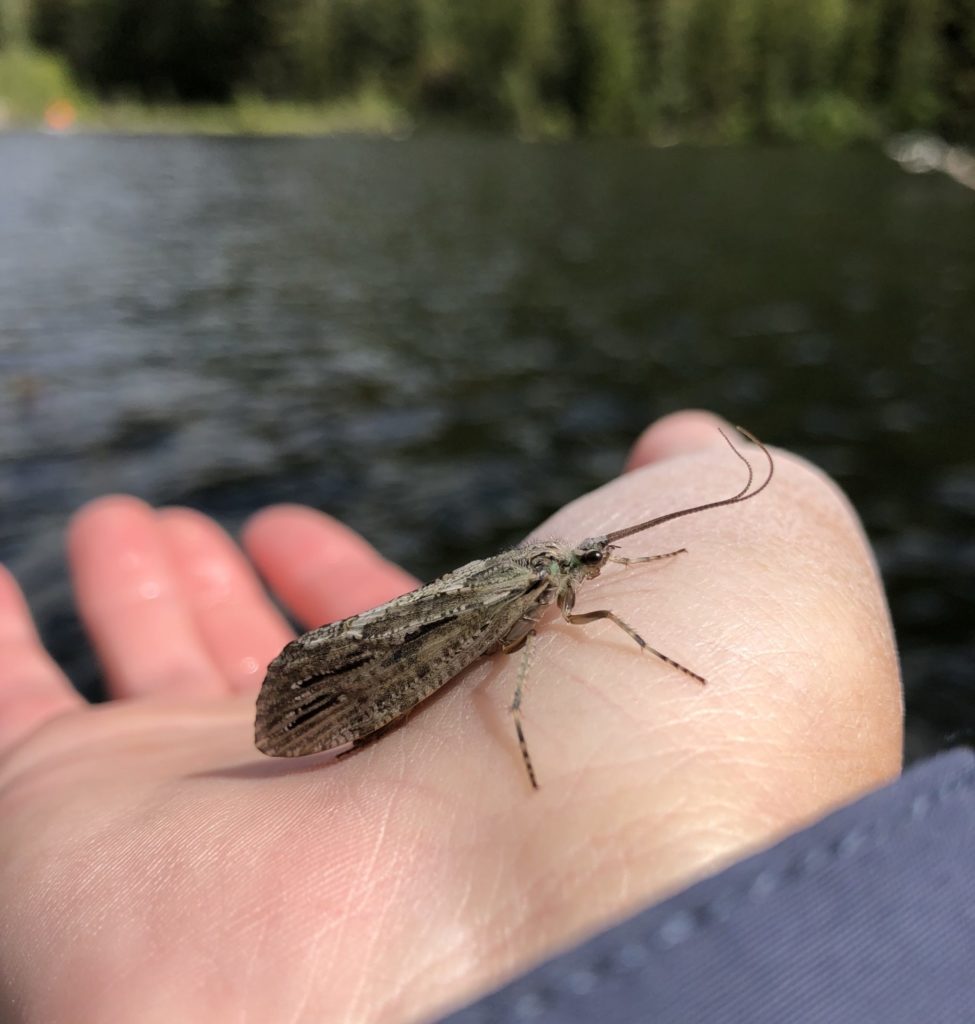It goes without saying that within the manifested ranks of fly fishing, dry-fly fishing holds the top accolade. There are not always opportunities to dry-fly fish, nor is it always the most effective method; however, it remains to be a prominent draw to the sport itself. After it all comes together with the perfect offering, an exceptional drift and a small break in surface tension, the subsequent hookup is the epitome of perfection to many trout purists.
Advertisement

As it does with any sport, becoming an accomplished dry-fly angler comes only with time and experience. Hours must be put in and patience must be plentiful. Beyond laying the basic groundwork of fly fishing, new anglers are often left to wade into the technical world of dry flies by trial and error, information sourced online or faithful fishing partners. The objective here is to inspire and excite through a few simple considerations, often overlooked or missed by new anglers, that can help jumpstart successful dry-fly adventures.
Understand The Insects
It is recommended that an angler takes a basic course in entomology, often part of fly fishing 101, as it introduces an angler to the life cycles of insects and how that relates to fishing. Although the basic identifiers of size, shape and colour are a general starting point, an angler can increase their own proficiency by understanding why and how these characteristics impact their effectiveness. Seasoned fly anglers take notice of their surroundings through identifying naturals, checking for evidence of hatches and paying attention to changes in the environment throughout the day.
Advertisement

What patterns to employ is relevant to where an angler is fishing and what time of year. Patterns relate to natural presentations, and understanding why a fish is eating one insect over another is paramount. Common bugs frequently seen on the surface of streams or lakes in southern British Columbia include mayflies, caddisflies, stoneflies and terrestrials. Dry flies come from two locations: they hatch from the water and swim or crawl to the surface or they travel from the surrounding riverbank and land on the water. Mayflies, caddisflies and stoneflies emerge from below the surface and can do so in prolific hatches. Terrestrials, such as grasshoppers, beetles, or ants, can be a meal found in both lakes and streams that fish take advantage of based on availability. The sooner an angler can distinguish between the types of food sources and their specific characteristics, the sooner he or she will have consistent success.
Reading Water & Conditional Strategies
Fly fishing skills do not become mastered but more fine-tuned through challenging experiences and the adaptation to the new or unknown. Many techniques and situational awareness are narrowed down over the years through patience, observation and a strong understanding of water current or subsurface visuals. Learning to read water is perhaps the most important element in angling across the board and is of principle importance for fishing dry flies.
Advertisement
A good fly angler must be able to recognize where the fish are in relation to the run or section of the lake. Having the right fly and a nice single haul has no meaning if there are no fish present. Reading water takes time, but angling is much more than tossing a fly out into the great unknown. Watching for rising fish or bug hatches, considering water depth or speed and adjusting flies are all things new anglers must remember to include in their decisions before making the first cast.
It is imperative to consider how the fish can see a fly from below. How the fly is worked on the surface of the water comes down to how it is cast and moved through the section. A good example is learning to properly apply a dead drift to attract picky or spooky fish. A dead drift is a drag-free presentation where the current is controlling the fly, not the angler. A slight amount of slack in the line, paired with appropriate mends, allows the fly to travel freely with the speed of the water. Considering how the fly is moving, what position or direction it is facing, if the leader is visible and the condition of the fly are all relevant to how the fish responds. Dumping out a cast without acknowledging these factors can result in refusals and frustration.
What can often get the best of even the most capable angler is remembering to have a conditional approach to fishing. Patterns that worked yesterday or last year may have no bearing on what the ticket for the day at hand will be. Water levels change, runs shift, temperature fluctuates and fish move around. Having mental dexterity and the ability to apply oneself to changing or varying conditions separates the good anglers from the great ones. Fly fishing is hardly what is expected, and if anglers cannot adapt then they will find limited reward.

Building A Fly Box Is Learning
For any new fly angler, opening a hand-me-down stocked fly box or strolling into the local shop, with a seemingly endless selection of flies, can be intimidating if he or she does not know where to start. For the completely new dry-fly angler, narrowing down the fishing location and the time of year is the place to begin. A good piece of advice for any new dry-fly angler: do not purchase hundreds of dollars’ worth of flies on the first visit to the fly shop. Purchase for a specific trip by picking the water, when and the target species. The number of flies purchased may depend on trip duration, but a minimum purchase of no less than two of a specific pattern is recommended. As a new angler visits the shop prior to each outing, conversing with the employees about fly choice and selection, they will slowly begin to pick up on why they are choosing certain flies at specific times of year, and what particular patterns represent. Every visit or outing builds on itself and the learning will come to a point where the angler knows exactly which fly to choose and, more importantly, why.
Having a few staple dry-fly patterns readily available can give an angler the confidence to tackle any fishery. Patterns such as the Tom Thumb, which is based off an emerging caddis sedge, may be picked off as mayflies or other hatching insects, depending on the size used. Adams are a generalization of a mayfly, but they may also be slurped from the surface as a caddis or midge. A Catskill variety, such as a Light Cahill, offers a lighter, sparser pattern, while a Stimulator may be representative of a wide variety of cumbersome terrestrials. Having a few standard patterns gives a fly angler a starting point; however, the ability to narrow down the specific hatch is crucial.

Good Gear Pays Off
The selection in fly rods, reels and lines is as close to infinite as it can get. Sifting through the classic brands in shops or being bombarded with the constant online ads of start-up rod or reel companies can leave an angler feeling confused about what they want or think they should want. Price is a factor for many, but even current entry-level rods have excellent actions and tapers as a result of the trickle-down effect of technology over the years. Purchasing a good-quality fly rod will never go unappreciated and the benefits of such an acquisition are endless. Medium to slow-action rods are often the preferred choice in a dry-fly setup, as they allow for the most delicate presentations.
A good quality dry line is crucial, even more than the rod. Lines that turn over well, float high and handle effortlessly will not only provide an angler with years of service, but will also pay for itself tenfold in performance. Dry-fly lines often have longer front tapers and are usually deemed as trout tapers for delivery and layout. Consider the action of the rod with any line purchase, as lines will perform differently based on the rod they are being loaded with. Purchasing the best quality line, within budget of course, is the best thing a fly angler can do for themselves, no matter the application.
In today’s world of artificial representation and instant gratification, it is easy to skim over the early stages and forget the fundamentals. Many anglers get caught up in the pressure of catching and forget to love the learning. Becoming a proficient dry-fly angler does not happen overnight. Success will come, but the road to which an angler takes to get there determines the length of the journey. Dry-fly fishing is an experience that becomes obsessive and consuming, as it requires the passion of a determined heart. When an angler finds a pristine run, delivers the tightest loop, nails the perfect drift and matches the hatch precisely, the composition of endless hours of learning come together in a final sip that defines dedication.